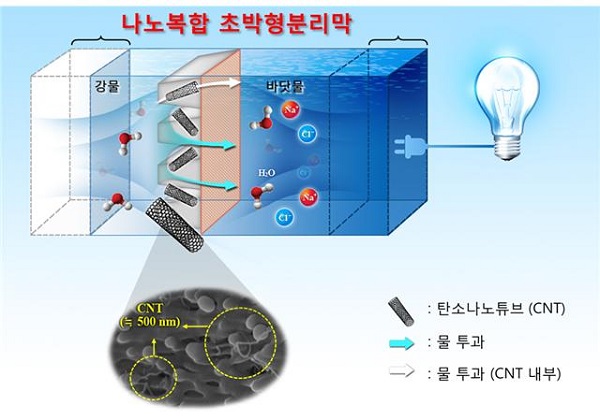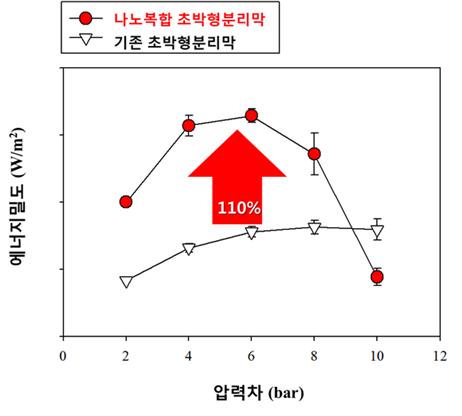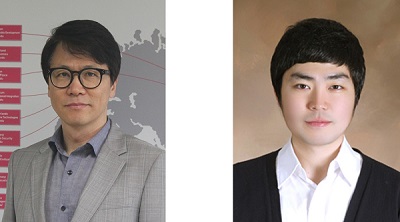Media Center
A multimedia mosaic of moments at GIST
GIST Excellence
[Press Release] GIST Professor Heechul Choi has led a research team to develop a membrane using carbon nanotubes for use in a pressure retarded osmosis process to generate electricity
- 엘리스 리
- REG_DATE : 2016.05.27
- HIT : 891
GIST Professor Heechul Choi has led a research team
to develop a membrane using carbon nanotubes for use in
a pressure retarded osmosis process to generate electricity

Figure 1. Harvesting sustainable energy by using thin-film
nanocomposite membrane via pressure retarded osmosis process
Pressure-retarded osmosis (PRO) process has been of intense academic and industrial interest because it utilizes seawater, which is plentiful, as a resource to generate electricity while mitigating concerns over global environmental and energy concerns. The development of a high-performance membrane is an important aspect for the successful real-world application of any PRO system. The challenge is to improve the osmotic performance of the PRO"s semi-permeable material.
To improve the osmotic performance of the semi-permeable material for the PRO process, researchers at the Gwangju Institute of Science and Technology led by Professor Heechul Choi of the School of Earth Sciences and Environmental Engineering have developed a thin-film nanocomposite (TFN) membrane with a carbon nanotube/polyethersulfone support layer for the PRO process. The developed TFN membrane exhibited 110% increased maximum power density compared to house-made thin-film composite (TFC) membrane due to enhanced pore properties and hydrophilicity.

Figure 2. Water flux of prepared membranes as a function of pressure differences
between feed and draw side in PRO process with calculated power density.
Their paper entitled "Thin-film nanocomposite membrane with CNT positioning in support layer for energy harvesting from saline water" was published online on September 3, 2015, by Chemical Engineering Journal and was authored by Moon Son, Hosik Park, Lei Liu, Hyeongyu Choi, Joon Ha Kim, and Heechul Choi.

Figure 3 (from left): Professor Heechul Choi and Ph.D. Candidate Moon Son
Professor Heechul Choi noted, "We believe our study contributes to generating renewable, alternative, and sustainable energy generation, which has been spotlighted as a fundamental solution to global energy scarcity."